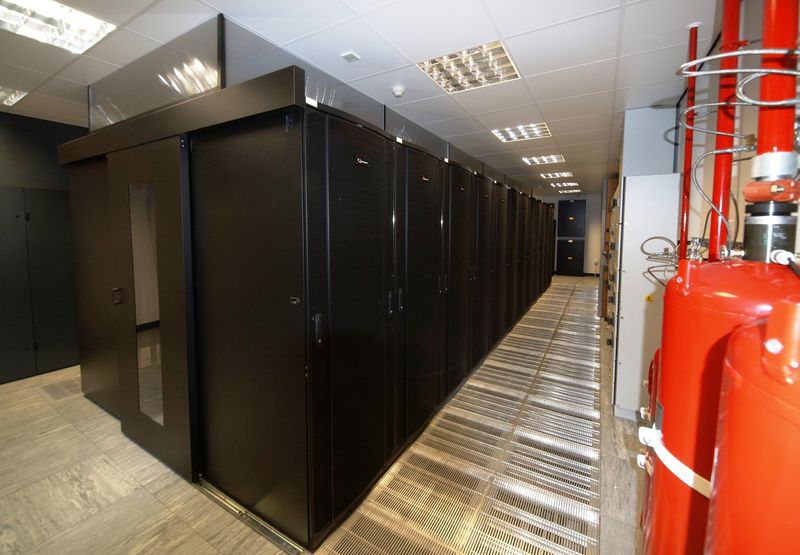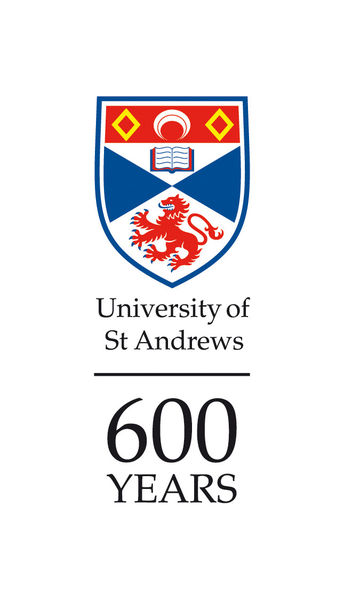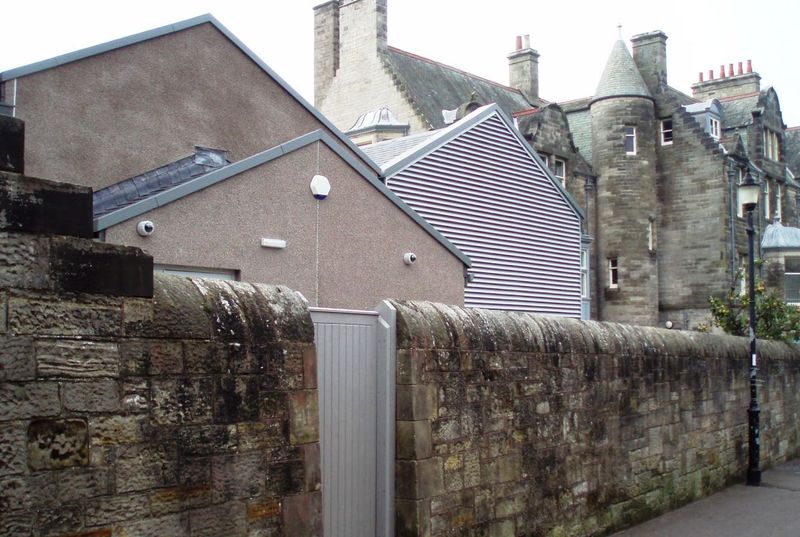University of St Andrews
At the end of 2012, St Andrews became the first UK public-sector organisation to achieve a Gold Award from the British Computer Society under the Certified Energy Efficient Datacentre Award (CEEDA) scheme, an international assessment based awards programme which recognises a commitment to energy efficiency and the reduction of carbon emissions.
Due to this fantastic effort, we asked them to be this month’s Member Spotlight to share more about their sustainability efforts and how they went about in developing their new data centre.
About the University of St Andrews
We are a 600 year old research intensive University. We’re the third oldest English speaking university in the world, and Scotland’s first university. The University of St Andrews is Scotland’s leading university, one of the world’s top 20 Arts & Humanties universities and ranks among the world’s most research-intensive institutions.
The University of St Andrews has made significant efforts to reduce energy consumption across the campus and it embeds sustainability into the heart of its operations. The University has a detailed Carbon Management Plan and has made a commitment to be carbon neutral for energy consumption by 2016.
Data centre
Built at a cost of £2.4 million, St Andrews’ new data centre was opened in 2011 on the site of former squash courts in Butts Wynd in a conservation area in central St Andrews. A joint project by the University’s IT Services and Estates units, the centre had to adhere to strict planning and noise restrictions.
The Data Centre supports a strategic move towards step change in carbon and resource management and was conceived and built with energy efficiency as a primary factor and is demonstration of the University’s commitment to the deployment of energy efficiency best practice within the Data Centre environment and towards the University’s overall carbon reduction goals. The performance of the Data Centre is seen as important within senior management as part of this commitment.
The University wide data management policy is designed to be positive and forward looking and provides a platform for the design and operation of the Data Centre. Ongoing efforts by have been necessary to fully comply with, and go above and beyond, the EU Code of Conduct and CEEDA.
Data Centre Design features
The Data Centre started construction in 2010 and has therefore been able to take into account the latest energy efficiency design measures:
• A containerised hot/cold aisle solution has been employed, with coolers utilising “free” dry cooling technology intended to operate for 99% of the year; typically the unit will be in fresh air mode for the majority of the year but will automatically switch to evaporative mode in hot ambient conditions.
• The IT equipment intake air temperature is as per the design criteria of 25° in the Hall, but we intend to review and potentially raise this within ASHRAE A1 or perhaps extending into A2 in increments until an optimum temperature is reached.
• The IT Banks in the hall are fully contained and airflow management best practices are strictly followed.
• High Density racks benefit from double vented floor tiles that provide enhanced air flow, whilst lower density racks have a single floor tile, thus creating different zones within the data centre allowing a closer matching of the business criticality with the energy consumed in providing a suitable (i.e. not overkill) environment to support the business service levels.
• Lighting within the facility is motion sensitive and uses low energy lighting sources.
Operational considerations
Regular meetings with all internal and external stakeholders were held throughout the whole of the design, building and commissioning stages, these meetings being replaced by operational group meetings since the centre started to be populated. A strong commitment to teamwork exists between the various departments running the data centre, with regular meetings between IT and Estates.
DC Layout charts track the position, network and power provision for all equipment. Furthermore, provisioning takes into account the ‘as configured’ power of the IT devices which is both more efficient and unlocks capacity, not to mention being a core IT best practice within CEEDA.
Significant effort is made to virtualise all existing applications and to ensure that any new business with any new business application will be hosted on virtualised hardware. There is an ongoing effort by the IT and data centre management team to ensure decommissioning of any unused hardware and services.
The halls are not yet fully loaded but migration activities are taking place as required and equipment is being relocated into the facility. Reviews of the cooling management system are carried out on a 3 monthly basis and when major migration activities are planned and changes made as required.
Energy management
Monitoring the energy of the facility is of a very high standard with both the incoming energy and IT energy metered using the University AMR system, which includes all buildings, Schools and Units. The metered information displays every 30 minutes on a website available across the University. Detailed calculations of current and historic Data Centre PUE display enable detailed management of the Data Centre and air conditioning system to minimise energy consumption.
Main contact:
Main Contact Name: Pauline Brown, Business Relationship Manager, IT Services
Main Contact Email & Telephone: pauline.brown@st-andrews.ac.uk and 01334 464701
More information:
• www.st-andrews.ac.uk/environment
Share with us: www.twitter.com/EnvironmentStA www.facebook.com/EnvironmentStA













